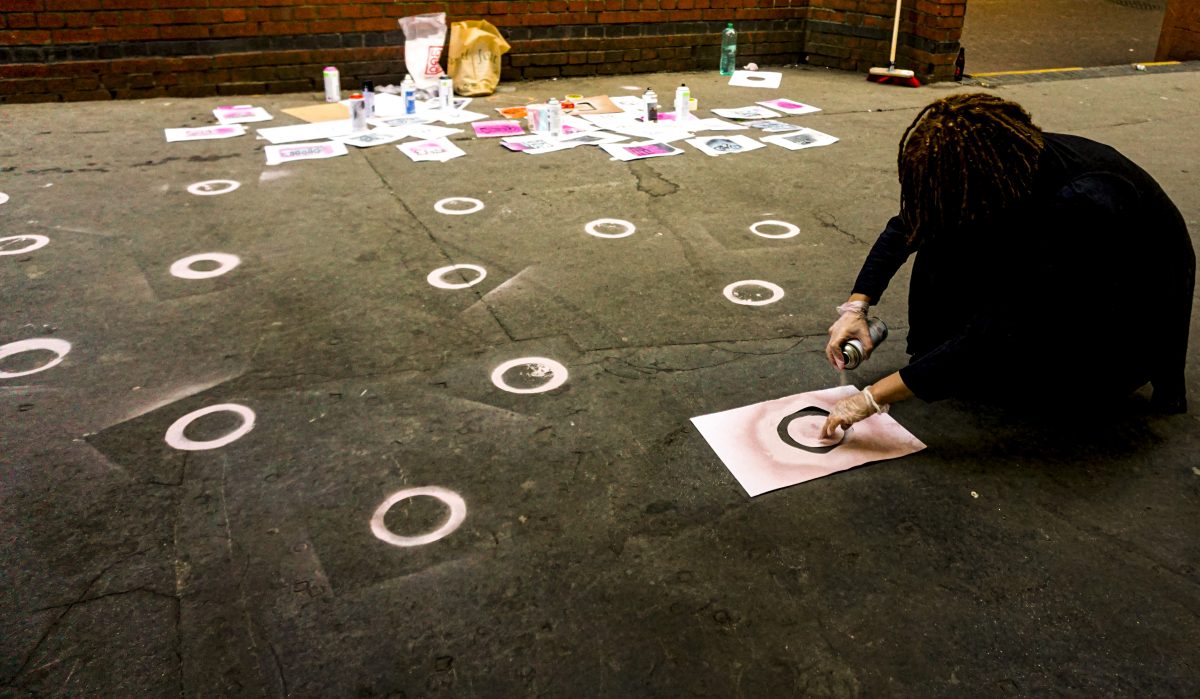We wrote a series of essays called ArtCommunism with David Graeber, partly about the possible role of the artist and the art in general.
One of the trends we have explored in it was a reflection on the purpose of art. Is it about the creation of social relationships, or is it about creation, preservation, evaluation and sacralization of objects?
We believe that social relationships and, in general, human (and not only) lives are the purpose of what we could call “art.”
At the same time, we need to remember that the idea of what art is is constantly changing and will continue to change.
Back to the Visual Assembly, we believe that the complexity and work should be put into the creation, maintatiance of a framework of the relationships that can be arranged through the art pieces, but they are not exactly in the pieces of art itself (of whatever is considered an art at this point – monument, painting or poem).
The main challenge and subject of our care and attention are the relationships within the Assembly itself, between the people.
How they make decisions? How they agree with each other? Why they fight? How the discussion goes? And how they come to a consensus?
The offline public art project is just one of many possible manifestations of this process.
We realized that it would make sense to simplify the design part of the Visual Assembly radically.
Otherwise, people could be easily trapped into the art world’s vanity idea or even try to make it into the “how to become Michelangelo in 2 hours” project.
This is largely up to the facilitator, but the visualization must be clear and simple and should not become a distraction.
Now let’s talk about the role of the stencils, the initial framework and the public art aspect of Visual Assembly!

One reply on “What is the role of the artist?”
[…] said we should aim at Radical Simplicity. Yes, I’m on board with that. I’m not an artist […]